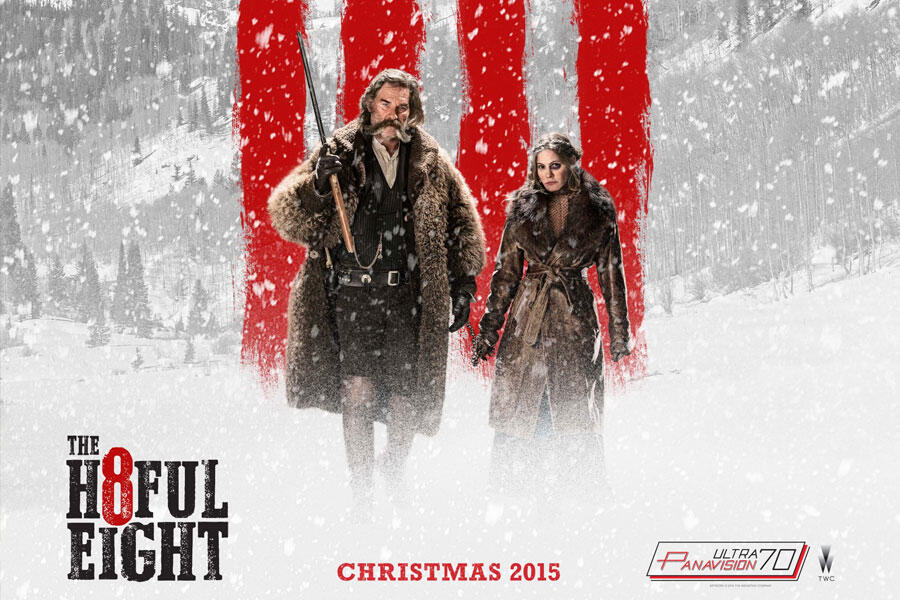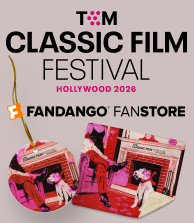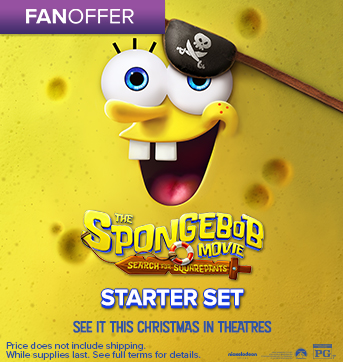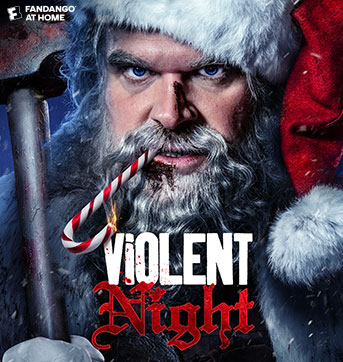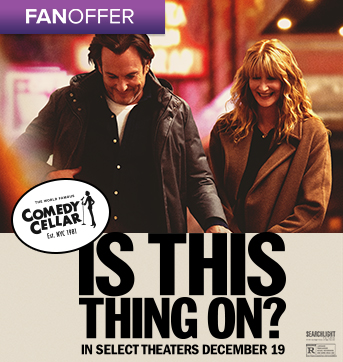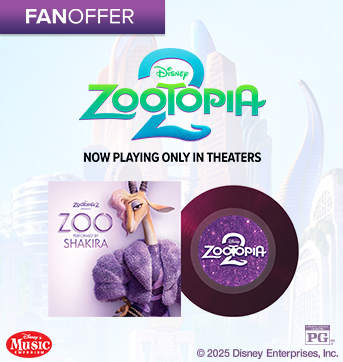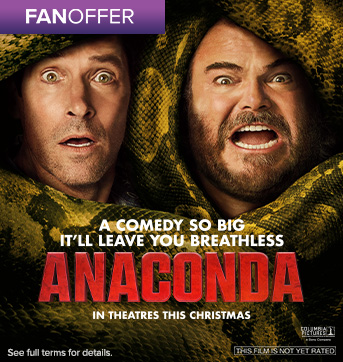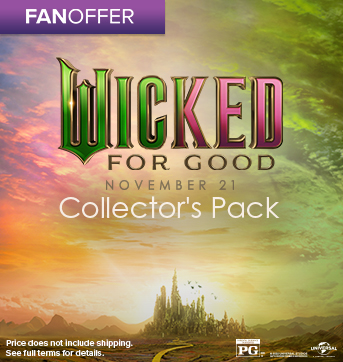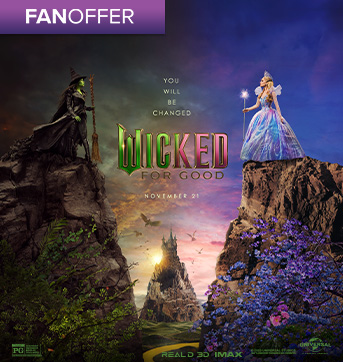
Tickets are expected to go on sale soon for Quentin Tarantino's new Western, The Hateful Eight. And if you want to see the movie in the optimal way, as the filmmaker intends it, you'll need to catch it during its initial limited release. Here's why:
What's so special about The Hateful Eight
For the first two weeks, starting on Christmas Day, Tarantino's latest will only be found on 96 screens across the country. This is because these locations will be part of a "roadshow presentation," projecting actual film prints of an extended cut of the feature in extra-wide Ultra Panavision 70 mm (aspect ratio: 2.76:1) with an intermission and an overture, just like in the old days.

How different is this from when Interstellar and The Master screened in 70 mm?
Those movies could only be found in 70 mm on 11 screens and 16 screens, respectively. Other new and old films, including the documentaries Baraka and Samsara and the classic Lawrence of Arabia, have screened in 70 mm in recent years where possible, but the "where possible" has been very limited until now.
Why is that?
Remember when all the movie theaters had to get serious about digital projection in time for the release of Avatar six years ago? Since then, digital has been the norm for most American cinemas, which got rid of their film projectors, including any capable of showing 70 mm prints. It had been since 1992's Far and Away that they got any substantial use anyway.
What is The Hateful Eight doing to change the limited capability?
As detailed in the New York Times, The Weinstein Company has been spending the year buying up every 70-mm-capable projector it could find, via equipment supplier Boston Light & Sound, many of them more than 60 years old. Parts, including lenses, have been harder to come across, so there's been new manufacture of previously obsolete items, including gears and shafts.
How much is this costing the Weinstein Company?
Details on amount spent for the equipment and getting it into theaters is undisclosed, but one person quoted by the Times estimates somewhere around $60,000 to $80,000 per screen. And then there's additional cost for their operation, either in training or hiring people to work machines hardly anyone uses anymore. (From experience, it's not difficult, but there's much more to it than digital projectors.)

What happens after those two weeks?
The Weinstein Company isn't too sure. Some theaters may continue to screen The Hateful Eight in 70 mm if there's interest next to the presumably cheaper digital projection option, which will be available wide beginning on January 6. As for what happens to the projectors, nobody knows. They're owned by the distributor and being fit in cinemas temporarily for just this special release. They could be sold off just as they were bought up.

Couldn't they stay in place and encourage more 70 mm releases?
That would be very cool, but it's not very likely unless this is a huge success and more filmmakers like Paul Thomas Anderson and Christopher Nolan could insist on having the opportunity to shoot and show in the format. It seems IMAX already caters to a similar concept, however, and is probably invested to a degree that it would rather large-format options be found in its locations.
We'll have to wait and see if Tarantino starts some sort of theatrical revolution here or if this will be just a unique-yet-fleeting moviegoing experience. Just in case it's the latter, you'll want to pay extra for that experience now, or you might regret it later.
Wanna know more? Watch this new featurette that explains more about the roadshow screenings and why you should be excited about them.
